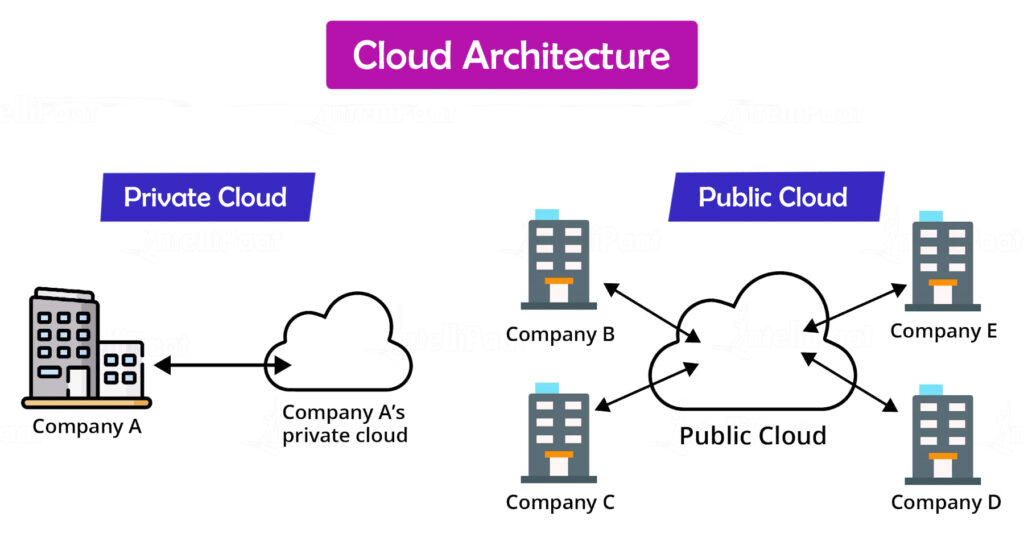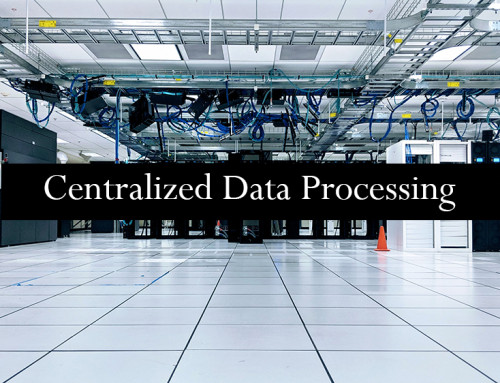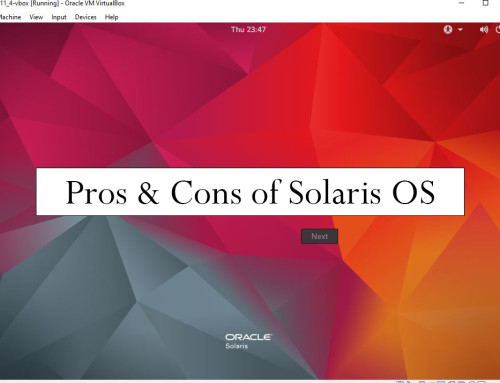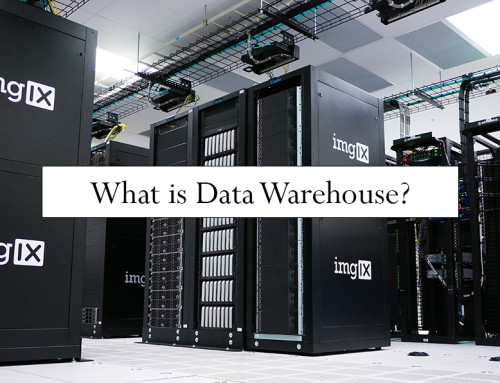We often store our data on the hard drive of our PC, laptop or workstation. The data we store on a personal computer can be hacked, stolen or attacked by a virus. Maybe our hard drive fails to function so there is a chance of data loss. Similarly, big companies have to store their data and there is a need for data security and data retrieval for the companies.
“A cloud architecture is a combination of data storage, apps storage, game storage, API’s storage, and database storage in remote computers”.
Suppose you have a company and there are 20 employees i.e. 20 computers. Now you want to expand your company data. You may want to have access to premium apps or you need a high-speed computer to run and store software. This is attained by cloud computing. You can buy any cloud service e.g. amazon AWS or Microsoft azure. You can then store your apps, files, databases, and images in these cloud storage.
The data is stored in various remote locations and if one remote computer fails then your data is still accessible through other remote computers. Cloud vendors have all the responsibility to secure your data by firewall and other security software.
You can easily scale up or scale down your cloud storage through a graphic user interface (GUI). Cloud architecture can be either frontend or backend. In frontend architecture, you need one terminal i.e. your pc, laptop or smartphone and you can access your files from remote locations or the cloud. In backend architecture, you can use web services, API’s, application development utilities, cloud services and application storage environment.
Suppose you want to play a high graphics game and you have a low capacity computer. So you can buy any cloud computer that has already that game installed on it. You can access a remote computer and play your game easily on your computer. You should have high-speed internet to play the game on the remote computer.

Types of cloud architecture
Some types of cloud architecture include:-
Private cloud architecture:
In this architecture, only a limited number of people can access cloud services. It can be scaled up if the number of people accessing the cloud increases. Private cloud architecture is expensive than public cloud architecture. This architecture has more resources and high security. One company can buy a private cloud and use it for its employees.
Public cloud architecture:
In public architecture, the resources are shared among all users. For example, Gmail is a public cloud architecture where all the users can register and use Gmail services. You can have google drive, google photos, and other free products also.
Multi-cloud architecture:
The multi-cloud architecture uses multiple instances of cloud services and a large number of people can use this architecture. You can expand this architecture by adding more instances of cloud services to it.
Hybrid cloud architecture:
In hybrid cloud architecture, both private and public audience can be added. Some features of the hybrid architecture are accessed by the public and some premium features are accessed by private users. Usually, public access is free for users and private access costs extra fees.
Features of cloud architecture
Some benefits of cloud architecture include:-
- High speed
- Reliability
- Highly secure
- Scalability
- Automatic updates
- High efficiency
- Data stored in multiple locations
- Vendor support
- Higher accessibility
- Low cost
- Data management is easy and fast
- Access to the internet of things (IoT)
- A lot of freedom for developers
- Integration with various web services
Examples of cloud architecture
Some examples of cloud architecture include:-
- Amazon AWS
- Microsoft Azure
- Dropbox
- Google Drive
- Google Photos
- Alibaba Cloud
- OpenShift
- Force.com
- Slack
- Hubspot
- Google Computer Engine
- Microsoft OneDrive
- IDrive
- IceDrive
- Zoolz




